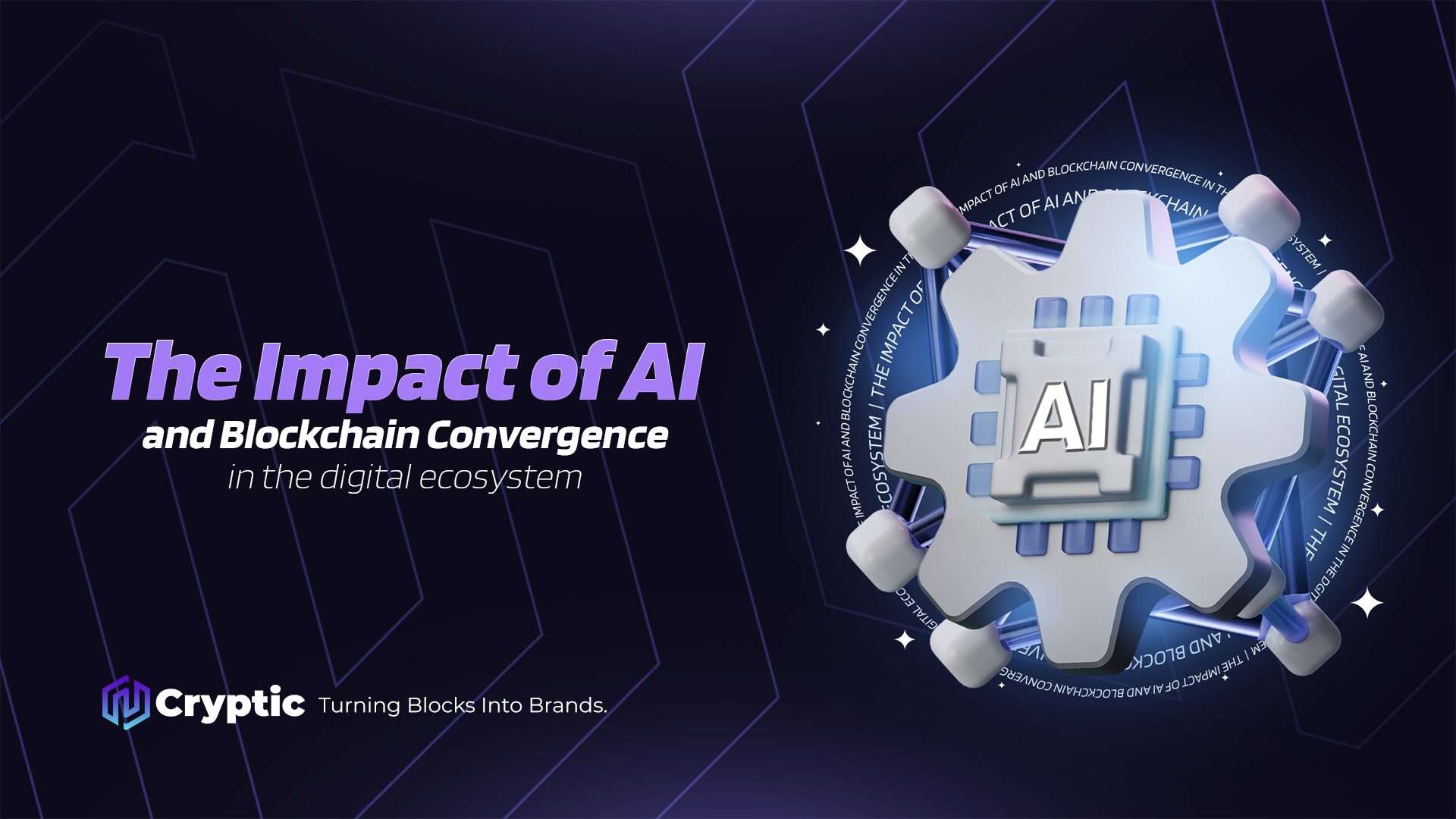
Technological innovation continues to reshape markets, and the intersection of artificial intelligence (AI) and blockchain stands out as one of the most transformative developments. This convergence enhances security, efficiency, and decentralization, redefining automation, transactions, and governance models.
Operational efficiency and evolving market dynamics
AI is already a key driver of automation, trend analysis, and strategy optimization. When integrated with blockchain, its impact expands significantly, enabling greater autonomy, reducing intermediaries, and enhancing data security.
Beyond improving efficiency, this synergy fosters more dynamic markets where transactions settle in real time, costs decrease, and traceability improves. The decentralization enabled by blockchain also enhances transparency and mitigates operational failures, fostering a more reliable and resilient environment for all participants.
This shift is particularly relevant in the evolving financial landscape, where real-time settlements and automated asset management can revolutionize how investments are structured and executed. By eliminating unnecessary intermediaries, processes become leaner, faster, and more cost-effective.
AI and blockchain in data analysis and decision-making
The exponential growth of data requires advanced tools to process information accurately. AI-driven machine learning models analyze historical and real-time data, extracting insights that improve decision-making. Meanwhile, blockchain ensures data integrity and immutability, creating a trustworthy foundation for strategic analysis.
One of the most promising applications of this integration is asset tokenization. By enabling the fractionalization of various asset classes—such as real estate, commodities, and financial instruments—blockchain broadens access to diversified investment opportunities. AI then enhances this ecosystem by optimizing portfolio management, predicting trends, and mitigating risks with unparalleled precision.
Emerging investment models and financial opportunities
The fusion of AI and blockchain is fueling the emergence of innovative investment structures. Programmable tokens allow automated execution of trading rules and payment mechanisms, removing reliance on intermediaries.
Tokenized funds, managed by AI algorithms, dynamically adjust allocations based on market conditions, while smart contracts facilitate seamless, autonomous transactions. These advancements democratize access to financial instruments once available only to institutional players, promoting greater transparency and efficiency.
Personalized and efficient asset allocation
AI-driven predictive models are redefining personalization in investment strategies. By analyzing patterns and forecasting market scenarios, algorithms suggest optimized allocations tailored to individual risk profiles and financial goals.
Furthermore, automation via smart contracts enables investors to set predefined conditions for asset purchases and sales, ensuring transactions execute automatically in response to market fluctuations. This framework enhances agility, minimizes human error, and streamlines portfolio management.
Regulatory and structural challenges
Despite its advantages, large-scale adoption of AI and blockchain hinges on regulatory clarity. Policymakers worldwide are developing frameworks for digital assets and algorithmic models, but the absence of global standardization remains a major hurdle.
Interoperability between different blockchains and traditional financial systems is another critical challenge. The coexistence of multiple isolated networks complicates integration, limiting the full potential of these technologies. Addressing these issues requires collaboration between regulators, developers, and financial institutions to establish common standards and interoperable solutions.
A new era of innovation
The convergence of artificial intelligence and blockchain is reshaping the digital landscape. Beyond process optimization and enhanced efficiency, this integration is driving the creation of groundbreaking products and opportunities.
As this evolution gains momentum, market participants must stay ahead of the curve, leveraging emerging possibilities while navigating regulatory complexities. The future will belong to those who can interpret these shifts and strategically position themselves within this rapidly evolving ecosystem.

